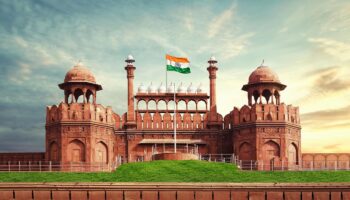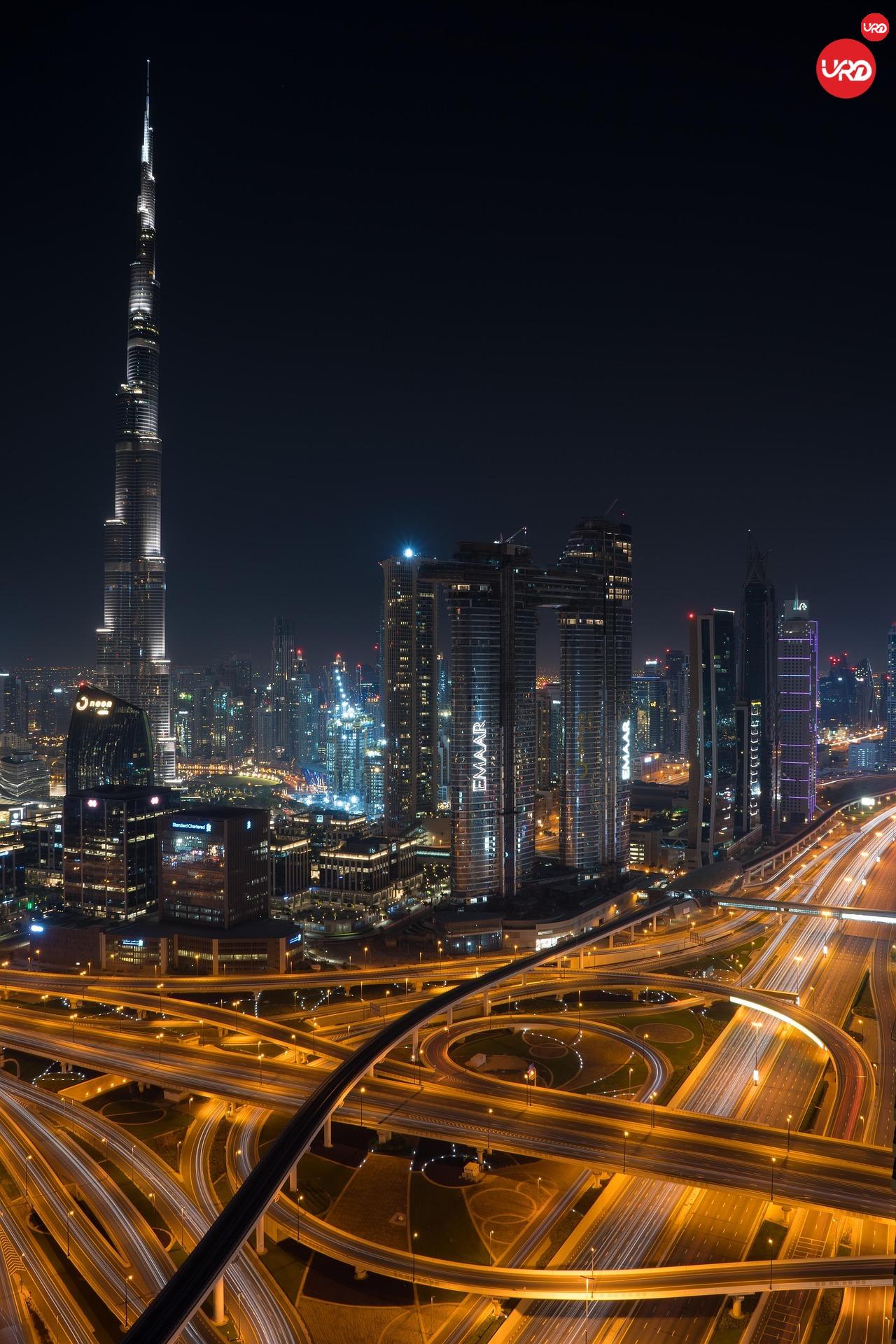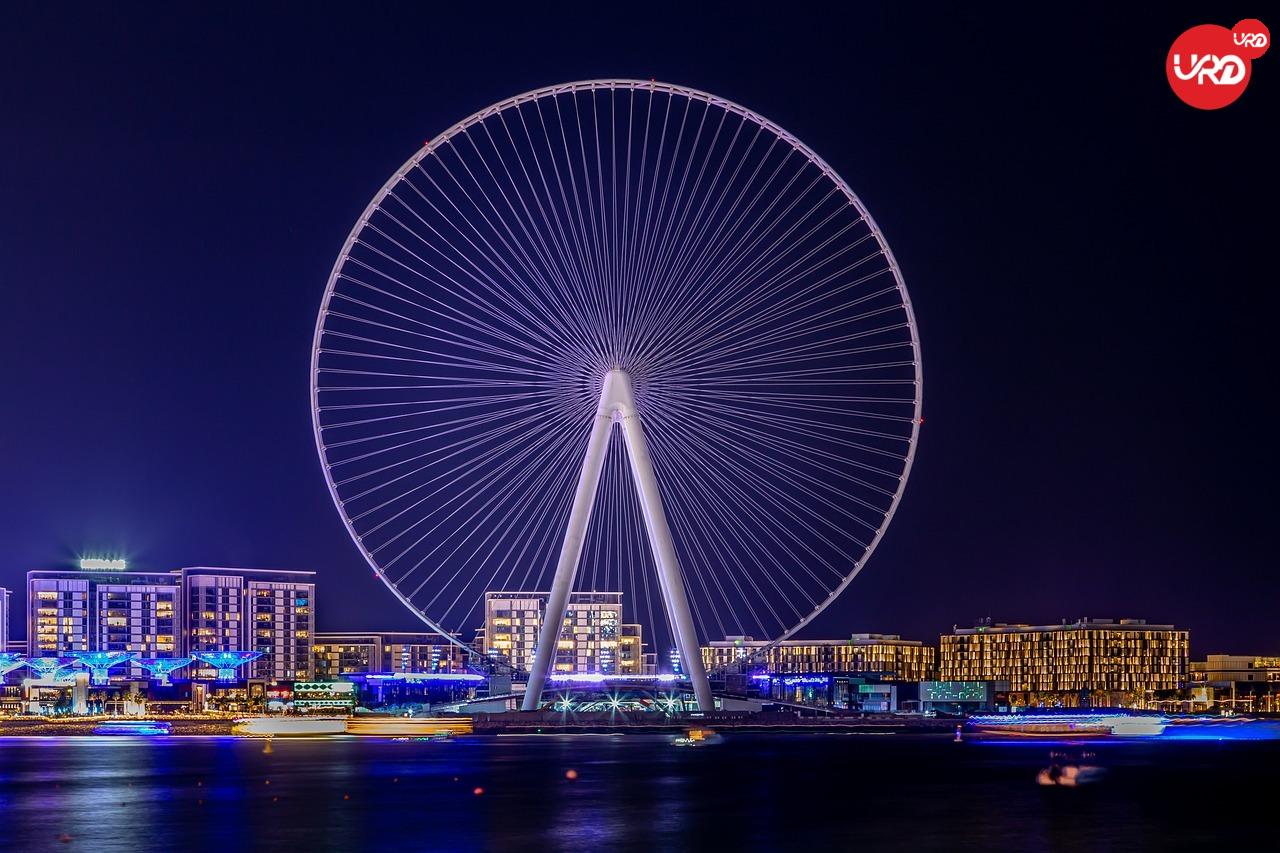
India Gate & Rajpath – India’s Eternal Flame
Soaring proudly in the heart of New Delhi, India Gate stands as a solemn tribute to the 84,000 Indian soldiers who laid down their lives in World War I. Designed by Sir Edwin Lutyens, this 42-meter-high stone arch resembles Paris’s Arc de Triomphe and is flanked by lush lawns and fountains. Beneath the arch lies the Amar Jawan Jyoti, the eternal flame that honors fallen soldiers. The wide ceremonial boulevard of Rajpath, stretching from India Gate to Rashtrapati Bhavan, hosts the iconic Republic Day Parade, reflecting national pride, culture, and military strength. A symbol of unity, sacrifice, and sovereignty—India Gate is more than just a monument; it’s the heart of the nation.











India Gate is surrounded by rich cultural landmarks, including government buildings, museums, and ceremonial gardens. Street vendors offer classic Indian snacks like bhel puri, ice cream, chana chaat, and kulfi faluda—especially popular in the evenings. During national festivals like Republic Day or Independence Day, the entire boulevard becomes a vibrant, patriotic celebration of India’s diversity and military heritage.
Near by places

Step into the glorious past at Red Fort, a majestic fortress built in 1648 by Emperor Shah Jahan. Crafted in glowing red sandstone, this UNESCO World Heritage Site was once the heart of the Mughal empire.

Marvel at the spiritual elegance of Akshardham Temple, a modern masterpiece that reflects India’s ancient architectural brilliance.

Bathed in ethereal white marble and shimmering under the morning sun, the Taj Mahal stands as the world’s greatest tribute to love, commissioned by Emperor Shah Jahan in memory of his beloved wife Mumtaz Mahal.



